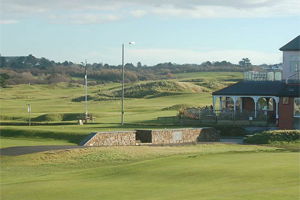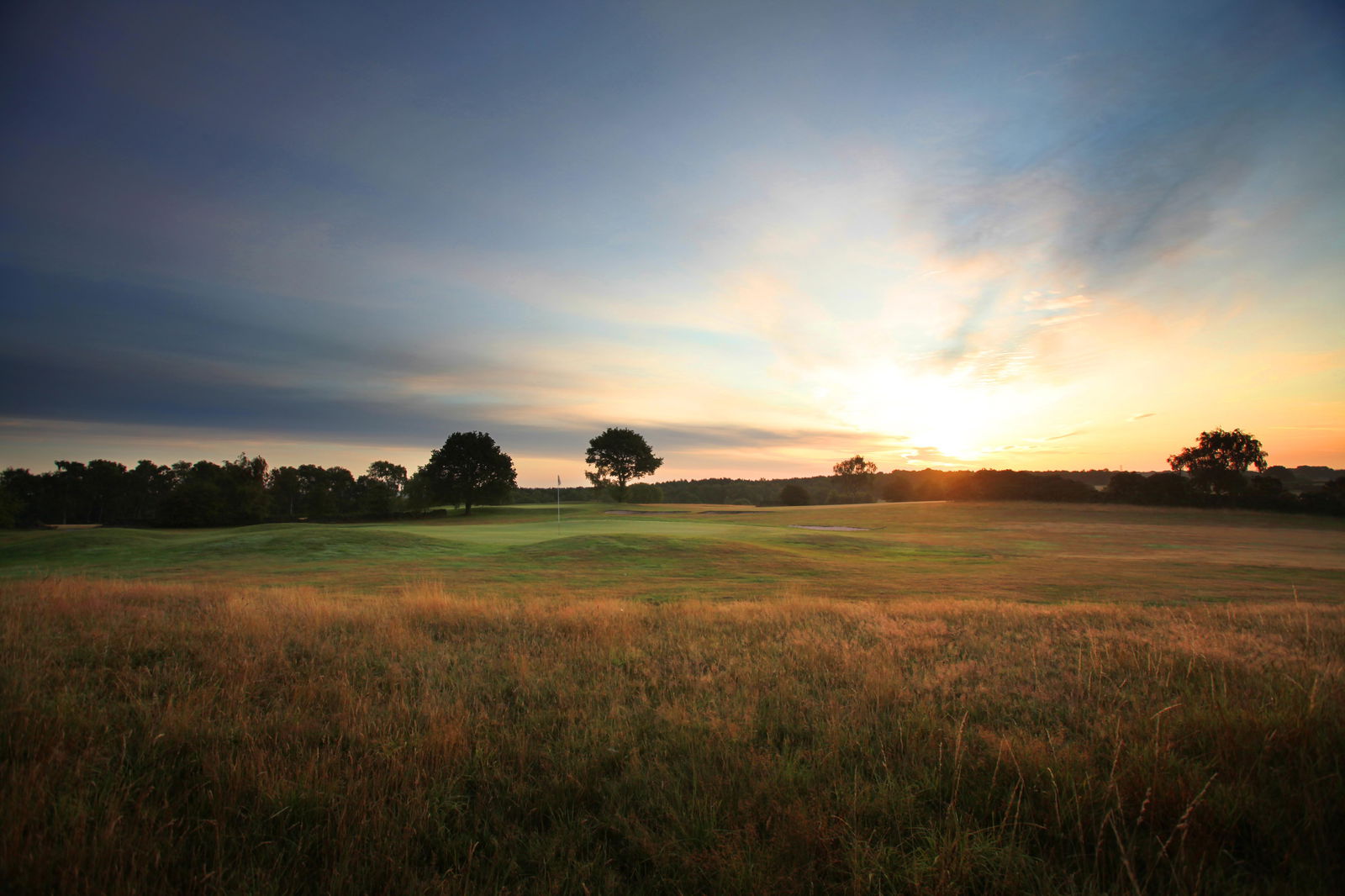Stoke Park: Three legendary loops
Parkland golf at its absolute finest

Hard to believe that the history of Stoke Park goes back almost 1,000 years to the times of William the Conqueror and the Domesday Book. As for golf at this glorious setting, near Stoke Poges in Buckinghamshire, it stretches back a mere century but during this time has witnessed the influence of many legends of the game.
I've had the privilege of playing there a handful of times in the last 20 years but only recently have I had the opportunity to experience playing its full 27 holes coupled with the splendour of bed and breakfast under the roof of its magnificent hotel-cum-clubhouse.
Royalty has slept here and film stars have savoured its hospitality but its the three nine-hole loops of its golf course that had me most enthralled, especially having played them in peak condition on the eve of the Trilby Tour finals staged there in August, when Titleist first revealed its 913 drivers.
Sweeping into Stoke Park along its narrow entrance road, visitors are immediately struck by the magnificence of the mature trees and the landscape created under the direction of Lancelot ‘Capability’ Brown, passing the bridge named after Humphry Repton - who updated the Park in 1791 - and up to the George III mansion which serves as centrepiece of the estate.
It sits like a wedding cake set on a table cloth of emerald green and can be glimpsed from nearly every hole, confirming to golfers their classic surroundings.
Whatever your handicap Stoke Park will stretch your ability from the first - a gentle par-5 with a wide open fairway - to the 27th, played between intimidating trees with a blind approach to a flagstick tucked almost out of sight.
Each nine reflects the character and personality of its designers. Holes one to nine were created by the legendary Harry Shapland Colt in 1908, while holes 10-18 are attributed to his business partner and former Stoke Park secretary Hugh Allison.
Donald Steel was commissioned to restore holes 19-27 to their former glory under the Colt and Allison pencil, though no surviving plans could be found after much land had been given over to agriculture for 55 years to support the War effort.
Each loop has its outstanding short holes - the uphill third and sloping seventh spring to mind - while my favourite in the opening sector is the ninth which swings back towards the mansion's impressive backdrop.
After a night's rest I continued my journey around the remaining 18 holes and found the par-3s at 11 and 15 a real test of club selection while the long 17th suited my speciality of hitting driver off the deck over the water which divides the green from the fairway.
Steel made a magnificent job of the final nine especially the 19th with its bell to signal groups that it's safe to tee off and the tee shot over the lake at the par-3 21st.
However, the long par-4 22nd hole, with the tee tucked away tight to a stand of trees, was for me almost unplayable as a golfer who doesn't have a draw with a driver in his armoury.

